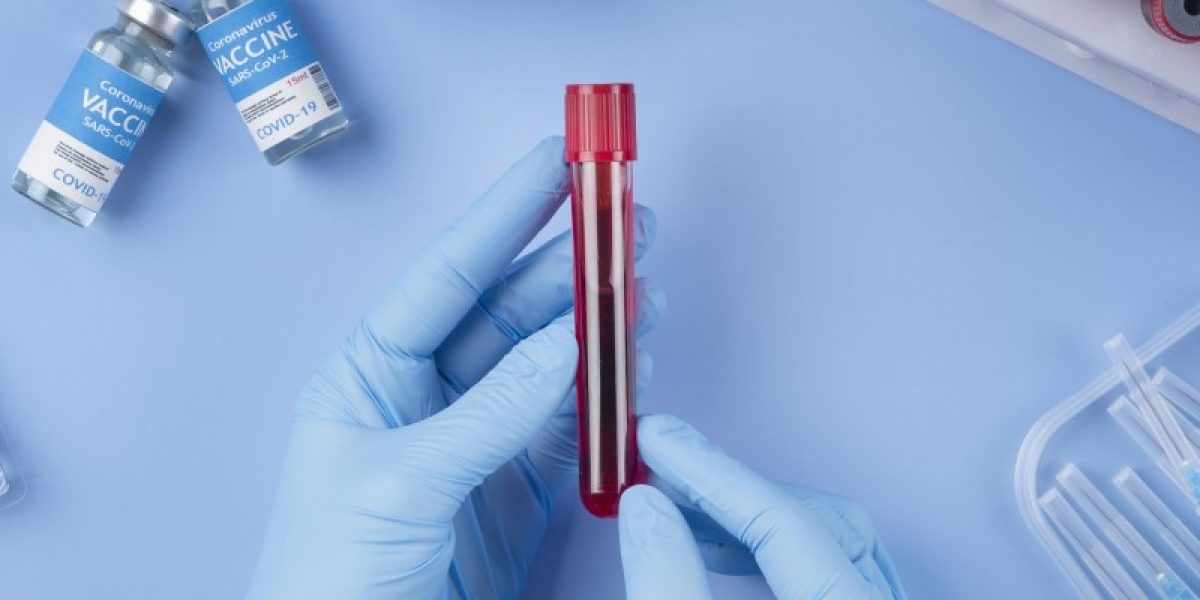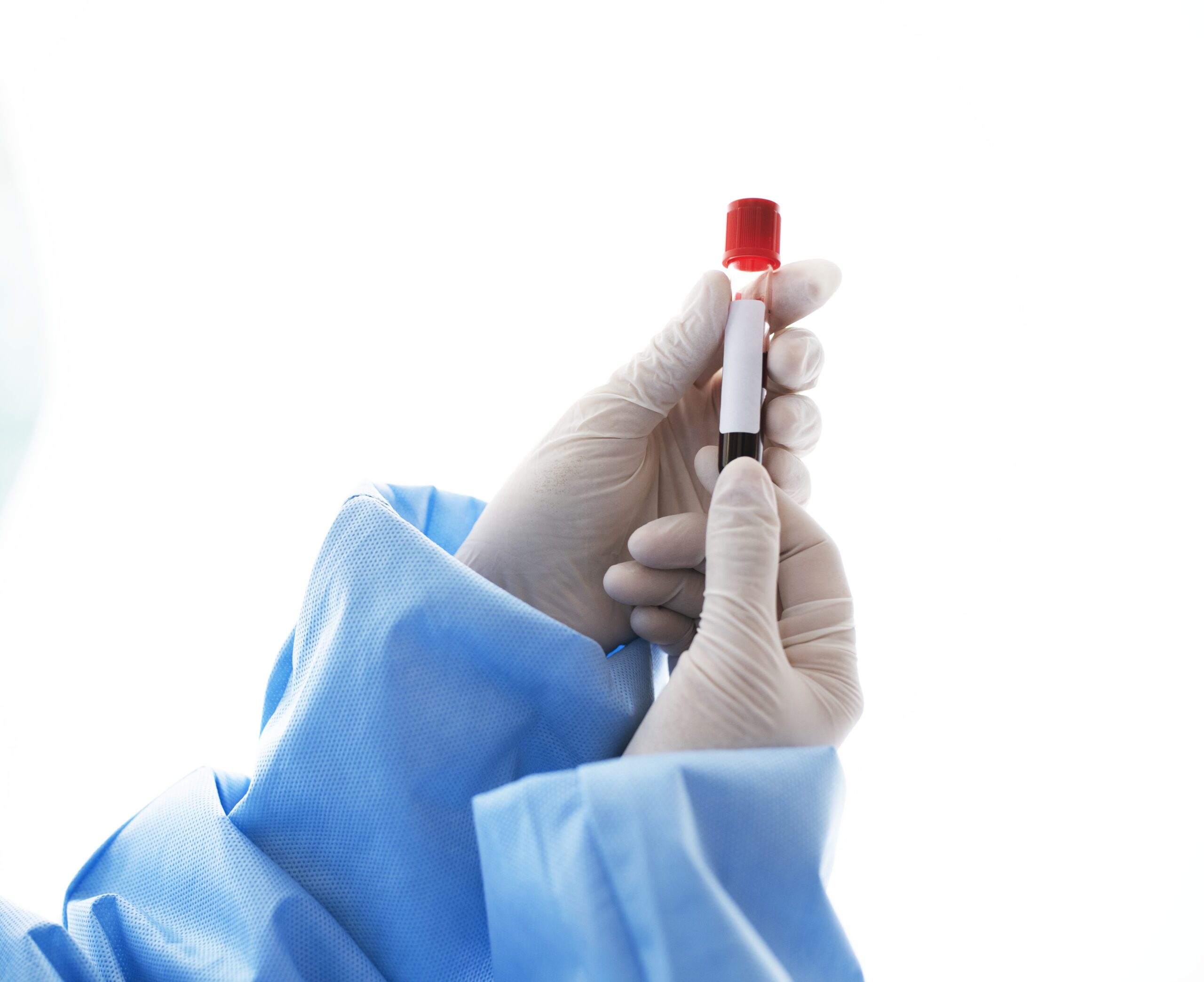Testosterone is a hormone found in people and other animals. The Testosterone hormone is responsible for the body hair, muscle mass strength, sex drive and even mood.
Men who low testosterone levels would notice a reduction in strength, sex drive, muscle mass, body hair and mood, while women who have too much testosterone may notice an increase in these traits.
While some testosterone is attached to proteins in the blood, some float freely. The two types of testosterone can be measured using the terms total testosterone and free testosterone.
Total testosterone entails that a measure of testosterone is both attached to proteins and free while Free testosterone entails that testosterone is not attached to proteins and can be specifically measured when ruling out certain medical conditions
The standard testosterone range level for males is between 300 to 800 nanograms per deciliter (ng/dL). For females, on the other hand, it is between 15 and 70 ng/dL. However, testosterone levels can change throughout your life.
They can decrease naturally due to age or other health conditions.
When a man ages beyond 30, his testosterone levels on average decrease by 1% per year but can even go up to 2% per year. Some indications of low testosterone, especially erectile dysfunction, are generally seen in men over age 30. Low testosterone levels have often been detected in people with obesity, irrespective of their age.
One of the most common testosterone-related problems in males is hypogonadism. This is also called low testosterone. To be diagnosed with hypogonadism, a subject must not only have low testosterone levels but also experience indications of low testosterone.
When a man has low testosterone, some symptoms he would experience include reduced sex drive, not being able to conceive a child, not being able to get an erection (also known as erectile dysfunction), and overall exhaustion.
Women with high testosterone tend to grow facial hair, acquire a deeper voice, and even experience decreased breast size. Excessively much testosterone in females can also result in acne.
A possible factor that results in too much testosterone in females is polycystic ovary syndrome (PCOS). PCOS interferes with menstruation and can make it difficult for a woman to get pregnant.
When males and females experience abnormally high or low testosterone levels, this can suggest other serious health conditions.
When males and females experience abnormally high or low testosterone levels, this can suggest other serious health conditions.
In kids, indications of abnormal testosterone levels may be more severe. Parents often request Testosterone tests for their young male and female wards who are not growing properly or when they notice a delay in puberty.
Young males with low Testosterone tend to grow slowly with no body hair and poorly developed muscles. However, if they have high Testosterone, they may enter puberty early. Young females with high Testosterone may experience a delay in menstruation and grow too much body hair.
High Testosterone levels can lead to ovarian or testicular cancer. Low Testosterone levels can lead to chronic illness or a problem with the pituitary gland, the gland responsible for releasing hormones.
The symptoms listed above are reasons you may want to consider taking a Testosterone Test.
You may also consider seeing a doctor if you are experiencing indications that you believe are the outcome of high or low levels of testosterone.
After carrying out an at-home testosterone level test, if your results show levels outside the standard range, you would need to make an appointment to see a doctor discuss the results.
They may confirm the testosterone test results, or they may order additional tests to understand what factors could be causing low or high hormone levels.







